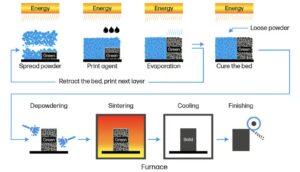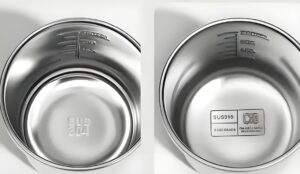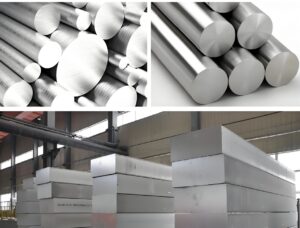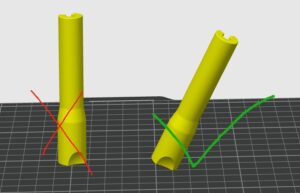How to choose the right technology for transparent parts?
Clear parts and prototypes have a huge variety of applications. Fortunately, they’re also fairly easy to make, with a wide range of materials and prototyping technologies at your disposal.
This article goes over the basics of transparent parts: which manufacturing technologies are available and what materials you can use, and considerations for how to choose the right technology.
3D printing


While additive manufacturing has evolved significantly, it is still fairly limited when it comes to printing transparent parts. The best results can be achieved via stereolithography (SLA).
SLA machines and resins are increasingly diverse, with a number of different options available for clear parts. Quite extensive manual processing is required after printing to get a clear finish, but good results can be achieved, especially for appearance prototypes and display models. The finish and material characteristics won’t match those of a machined part, but the capability of 3D printing to produce difficult and complex geometries might give it the edge, depending on the project. Speed is a big advantage of 3D printing clear parts, especially for one-off rapid prototypes.
Clear SLA 3D printing is often used in the dental industry to make clear aligner models, splints, and other devices, and the technology can also be used for aesthetic products like jewelry.
CNC machining
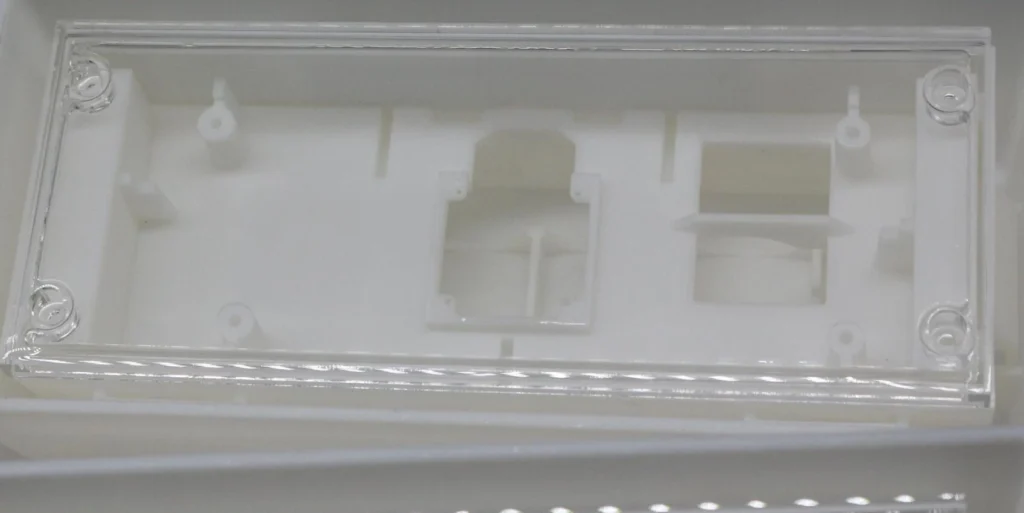
CNC machining from billet is one of the quickest options for prototyping a clear plastic part. Depending on your part and the geometry, CNC machining can produce very good results.
The two main options in terms of materials are PMMA and PC. Even if PC is the production material, it might not be the best choice for the prototype. PMMA, or acrylic, is much easier to machine and polishes to a glass-like, transparent finish. PC, on the other hand, is much more difficult to polish; achieving a high optical finish may require a vapor polish after several rounds of hand work with finer and finer grit sandpaper. Even after all this, the machined PC may not have an even finish.
If you are looking for transparent parts for a prototype or model for aesthetic or display purposes, PMMA is a better option. You may still want to use PC if you need to test the parts functionally, but bear in mind the limitations of the surface finish.
Vacuum casting


Vacuum casting has a number of unique advantages over the other processes on this list. Silicone molds are used to cast polyurethane resins to form the final parts. A number of transparent PU resins are available, designed to replicate other production plastics such as PC or PMMA.
Vacuum casting clear parts will be cheaper than some of the other methods, if you are looking at a low-volume run rather than just a one off. Achieving good optical tInjection moldingransparency does not require as much manual labor as CNC machining or additive manufacturing do.
Other advantages include the capability to cast large or complex parts in a single piece and adding a tint or color to the clear part. The disadvantage is that this can be quite costly.
Injection molding

Clear plastic must first have a high degree of transparency, secondly, to have a certain strength and wear resistance, impact resistance, heat is better, excellent chemical resistance, water absorption less, only in this way can be used, can meet the requirements of transparency and long-term change, table listed below, compare performance of PMMA, PC and PET, which are the most common used three material for injection molding.

From the data in table show that PC is an ideal choice, but its raw material prices and the optical injection process is more difficult, it is still dominated by using PMMA. PET is mainly used for packaging or containers, and in order to get a good mechanical performance, it has to be went through stretching process.
The Right Rapid Prototyping Services for Your Clear Parts
Choosing the right rapid prototyping services for clear parts depends on several factors: the type of prototype you need (display, mechanical, final-stage), the project budget, and the number of units you require.
Processes like SLA and vacuum casting fall short when it comes to functional and mechanical prototypes, but they are good for visual prototypes because they produce a high-quality finish. Furthermore, they are cheaper than CNC machining and injection molding. For one-off prototypes, SLA and CNC machining are the most viable, while vacuum casting and injection molding are better for medium and large order volumes, respectively.
If you want to know more about the best rapid prototyping services for your next project, contact IN3DTEC and we’ll guide you to the right solution.





